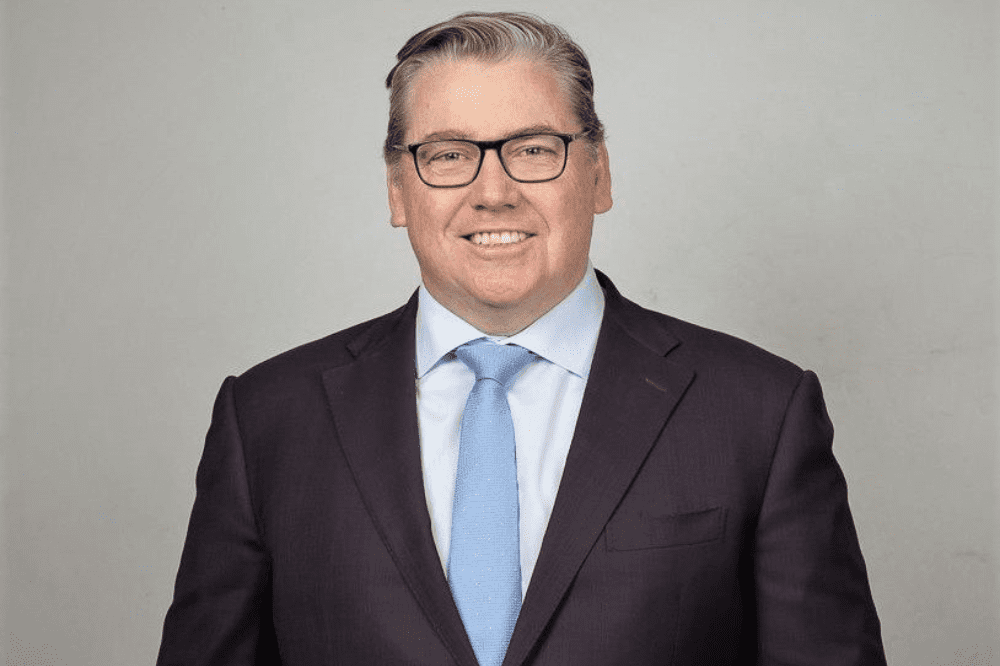Insurance giant IAG issues update on transformation of broker business

Read more: The broker implications of IAG’s FY22 results
It was a time when Insurance Business would often hear brokers complaining about giant insurers like IAG due to the long waits to resolve claims and the difficulty of working with their clunky legacy computer systems.
Many brokers would say those issues remain. However, at IAG’s recent FY22 results conference, Hawkins announced some progress in companywide structural changes and digital upgrades that could ultimately resolve causes of friction in IAG’s relationship with brokers.
Hill suggested that the relationship with brokers is already improving.
“Our brokers are now saying to us, for the first time in many years: ‘CGU [IAG’s primary intermediated brand] is coming to us and telling us the business that you want to write,’” he said. “In the past, we’ve been going to the market and saying what we don’t want, but now, we are clearly identifying the business that we do want to partner with them.”
Hill said this has changed “the engagement” his firm has with brokers. However, the first issue he’s been dealing with is core underwriting capability.
“When I started, that was my real focus: how do we improve the bottom line margin in the business? The two focus areas there are: loss ratio and expenses – with a primary focus on loss ratio,” he said.
Hill said IAG has made a significant number of changes to the broker business’ structure.
“Probably the biggest change we made was to establish an underwriting office within the intermediated business and we’ve brought Darren O’Connell to head up that team.”
In January, O’Connell became executive general manager of underwriting for the broker business. Christa Marjoribanks was also permanently appointed as executive general manager of product pricing and governance.
Hill said one big change is that “portfolio optimisation” is now a core capability of the business.
“I would say there hasn’t been a history [in IIA] of proactively shaping portfolios of business by product line to drive both the financial and the risk outcomes that lined up with our appetite,” he said.
Hill said IIA’s pricing actuaries are now looking at the performance of a portfolio and segmenting that down by industry class, size, and geography to understand the performance of the various segments.
“Then we build up our underwriting appetite and go to market strategy based off the findings of that deep dive portfolio review,” he said. “We are really shaping the portfolio of business, that portfolio of risks, that sits within the business.”
Hill said this provides a clear alignment of both the growth that delivers the desired margin and the risk profile.
“That could be on property from perils, volatility or large loss versus frequency and then the profile of your long tail liabilities portfolio,” he said. “It’s a proactive way of growing the business to deliver the underlying financial result that you’re targeting.”
IAG’s broker business chief said the firm is identifying industry sectors where they work with brokers that have “under share of wallet” or are “delivering at the margin”. He said they’re looking to rectify those to deliver against “target margins”.
“Sometimes we have a divergence of views and they [brokers] will elect to go elsewhere with their insureds and that’s okay,” said Hill. “That’s really how we line it up and engage with our broker partners.”
For example, part of the strategy to improve the rural portfolio is better utilizing deductibles.
“If we look at our rural portfolio, that’s very much been understanding the loss performance of that segment, particularly perils and how do we price the perils and set deductibles as well,” he said. “How do we utilize deductible so we’re not always just pushing price to the customer.”
Read next: IAG releases annual results
Hill said one issue right now is how to price inflation.
“Where is inflation hitting, because it’ll impact customer claims and regions differently,” he said. “Really clearly understanding that data point and making sure we’re in front of that as much as possible.”
As for a common criticism from brokers – IAG’s clunky legacy IT systems – Hill said IAG is starting to transition “some partners” onto their new platform “that’s very modern tech, dynamic.” This involves personal lines businesses like home and motor, a lot of which are traded via brokers and other partners.
Many brokers partner with IAG’s commercial business insurance products. Transferring those products to the new platform is many months away. Hill said they are at the initial stages of determining a target commercial tech strategy.
“We are making some tactical changes and trying to create efficiencies in the business,” he said. “But it’s fair to say that we’re at the start of what a journey will be, in really building a dynamic digital interface with our broking partners that’s, nimble and flexible and where we can offer product into that platform quite quickly.”
Hill said IAG does have a concept based around an online CGU marketplace where stakeholders can connect easily and select products.
“But that is the vision and we’ve still got a number of steps before we can get there.”
He said IAG is “really focused” on delivering product that meets the client’s needs via brokers and other partners.
“Nick has really brought me in to grow this division and make this the leading intermediated insurer in Australia,” he said.



